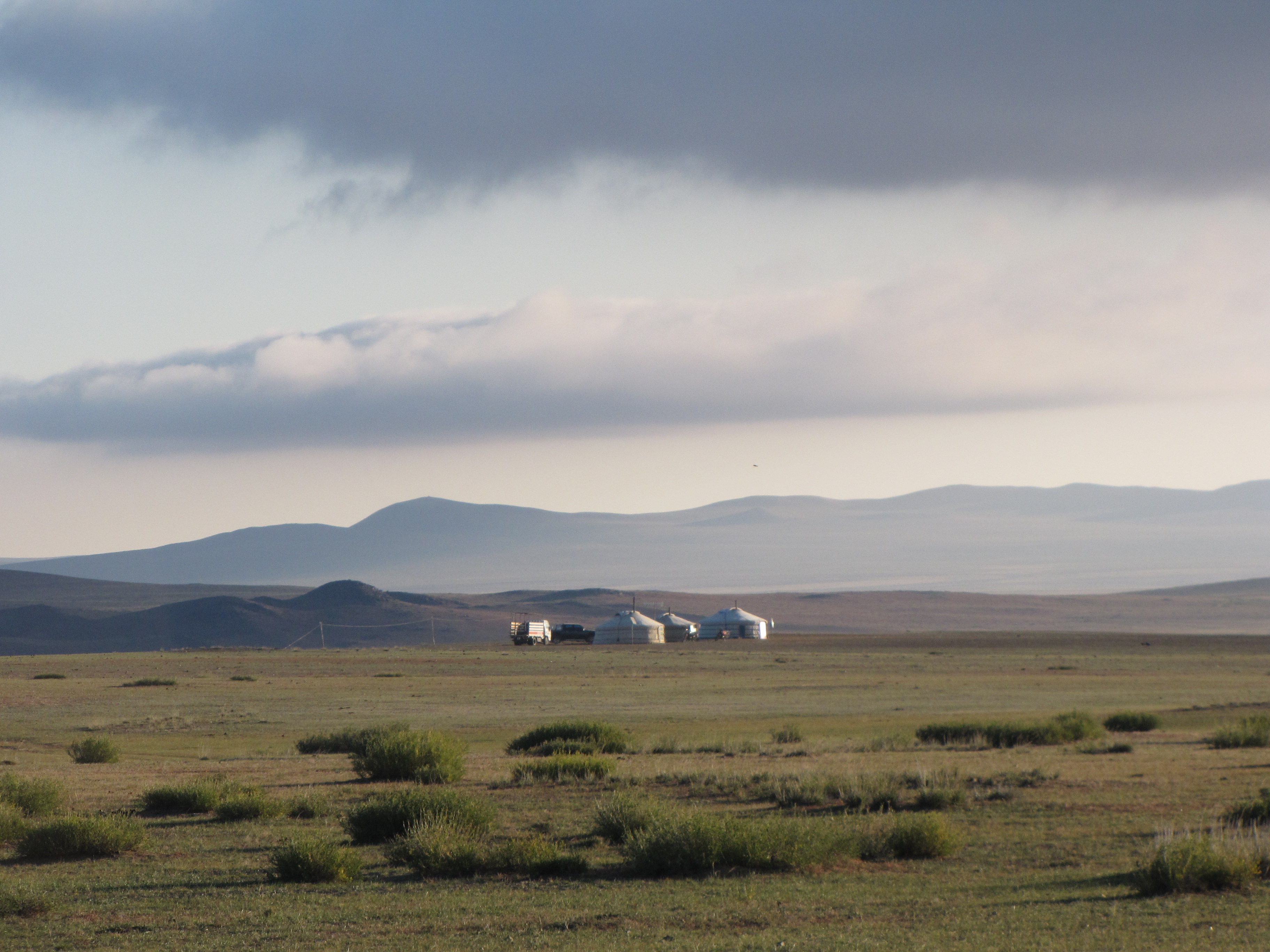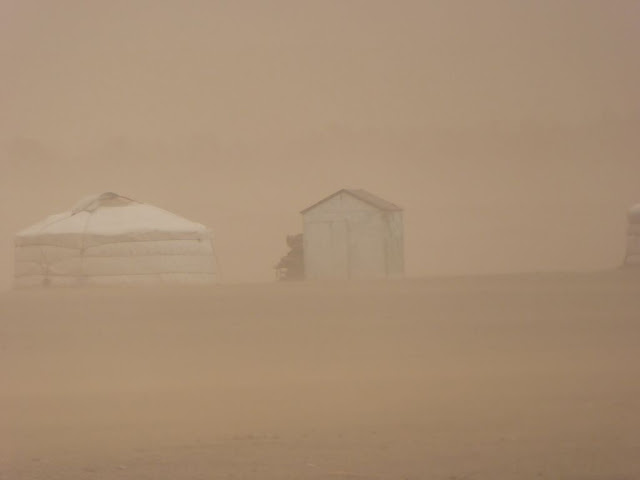Popular Questions About Mongolia
Why are the autumn eagle festivals so close together? What is the best time of year to visit Mongolia? What’s the currency of Mongolia? Not answers to all the popular questions about Mongolia I have ever been asked since when I first arrived in 2006 but certainly some.
What’s the typical landscape of Mongolia?
That’s the problem. There is no typical landscape. Apart from maybe the immensity.
Mongolians typically divide their country into three – Gobi (desert), tal herem bus (steppe) and Khangai (mountain).

There’s the Gobi Desert to the south (the fifth largest desert in the world but only 3% is sand), the wide low, stretching grasslands in the east, the Altai mountains (Mongolia’s highest mountains) that dominate western Mongolia and then mountain/forest steppe in the central/northern regions.
What’s the currency of Mongolia?
Mongolian tögrög / tughrik – the currency code is MNT, and the currency symbol is ₮. The lowest denomination in regular use is the 10-tögrög note and the highest is the 20,000-tögrög note.
Why are the autumn eagle festivals in Mongolia so close together?
There are two main festivals held in the autumn – both held in Bayan Ulgii Province in western Mongolia. The first is held in a district of Bayan Ulgii Province (usually Sagsai, Tolbo Nuur or Altansogts) and takes place on the third weekend in September. The second is held in the provincial capital – Ulgii, and takes place on the first weekend in October. Both are sponsored by tour companies.
An alternative option is Nauryz which means ‘new day’ and is the spring festival that is celebrated through Central Asia and falls on the spring equinox. It is essentially a celebration of the coming of spring. In Ulgii in Western Mongolia, there is a two-day eagle festival and celebration with a colourful parade in Ulgii.
What is the best time of year to visit Mongolia?
Hard one this!
The typical season is May through to September with July being peak season because of Naadam – the three manly sports.

Spring is March to May – with very few visitors – it is dry but can be very windy. Autumn is September and October and it’s not very crowded, dry, sunny but starting to get chilly. Winter (November – February) is the quietest time of year – it’s typically dry but bitterly cold.

At any time of year, Mongolia is not a pack light destination!
What’s the difference between Outer Mongolia and Inner Mongolia?
Basically, Inner Mongolia is in China whereas Outer Mongolia refers to the actual country of Mongolia.
Historically, both were part of the Mongol Empire. But, China took control of Inner Mongolia in the 1630s and it has remained a province (Autnomous Region) of China ever since.
Having become part of China in 1690, (Outer) Mongolia regained independence from China (for the final time) in 1921. It became a democracy in 1990 after the fall of the USSR.
What language do they speak in Mongolia?
Mongolian!

However, they use the Cyrillic alphabet in Mongolia (with the Latin alphabet for text messages and social media!) but in Inner Mongolia, they have retained the traditional vertical script based on the Uighur alphabet.
Don’t be put off by the fact that he travel author Tim Severin described the Mongolian language as being similar to:
‘Two cats coughing and spitting at each other until one finally throws up.’
How do I get to Mongolia?
There are currently five airlines that fly into the capital city – Ulaanbaatar (UB). With each airline, you transfer through their main transit hub for your flight to UB.
- Air China – via Beijing
- Korean Air – via Seoul
- Turkish Airlines – via Istanbul
- Aeroflot – via Moscow
- MIAT – via various hubs
And of course, there is the second option of the Trans Mongolian / Siberian railway. There are both local and international trains but either way, express route this is not.

Will there be a problem with altitude in Mongolia?
Not really. Mongolia is one of the highest countries in the world – over 80% is over 1000 metres – Ulaanbaatar itself is at 1350m above sea level. Khuiten Peak is Mongolia’s highest mountain at 4,374 m (14,350 feet). It is one of five peaks of Tavan Bogd National Park but unless you’re a mountaineer (this is a technical climb) then you probably won’t be climbing it.
I’m vegetarian. Is this a problem?

No.
Of course, you have to bear in mind that this is Mongolia so there are restrictions in place to what is available. Anyone travelling with personal dietary requirements must be prepared to be flexible.
Being a country of herders, meat will always top the chart. You will now see local market stalls and western-style supermarkets, with trolleys and shelves proudly saying ‘Made in Mongolia.’ Local seasonal produce is available such as blueberries, strawberries, and blackcurrants, wild onions, rhubarb, pine nuts, watermelons (small and fresh), cucumbers or tomatoes and salad leaves.
Do be prepared that in rural areas there will be more limitations in place – meals will be meat-based with potatoes making a decent showing sometimes followed by carrots, cabbage and onions and that’s about it. And you will still come across the odd rural shop that has just the one onion on the shelf. Remember that most herding families still use mutton fat for cooking (rather than sunflower oil).
If you’re interested in visiting Mongolia, then why not pop across to the Eternal Landscapes Mongolia website to see what we’re offering. Alternatively, learn more about Mongolia with our Top Facts About Mongolia or Books About Mongolia blog posts.
Jess @ Eternal Landscapes







